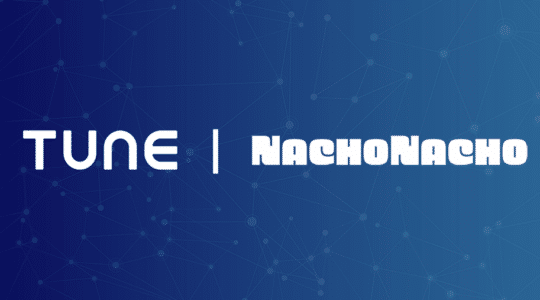
Most companies struggle with their mobile analytics strategy, according to a new report from Forrester Research Inc.
While part of the challenge is a lack of best practices in an industry too young to have amassed standard protocols, the confusing market for mobile analytics vendors is a big part of the problem. The vendor landscape is fragmented and diverse, leaving marketers, business intelligence and customer insights professionals confused about their options.
The category “mobile analytics” represents a broad set of technologies, and isn’t often well understood by buyers, who may not have a well-articulated business case or otherwise solid understanding of what they need to accomplish their goals.
To help close this knowledge gap, Forrester outlined in its new report three layers that complete the mobile analytics stack.
3 layers of the complete stack
The technology and market research company said in its report that feature sets can be classified within three core layers: data management, analytics, and engagement optimization layers, and that these core functions need to work together for a complete mobile analytics solution, or what is often called “the complete stack.”
“Any digital intelligence technology road map must be guided by a three-tiered architecture of data, analytics, and optimization,” Forrester reports. “Technologies that use data and analytics to drive optimized mobile interactions are no different. To build analytics capabilities that inform intelligent and optimized mobile interaction with customers, you need a range of technical capabilities categorized into three layers.”
The three layers of the mobile analytics stack are:
- Mobile data management. This layer consists of tools that help manage mobile customer data by ingesting, processing and storing mobile-derived customer data to be accessed by mobile analytics, essentially fueling the analytics function. This includes collecting data inputs from digital marketing touchpoints and any other customer interaction; data can be historical, operational, or real-time. Examples of tools in this layer include cross-device identity matching tools, location-based intelligence and tag management software.
- Mobile analytics. This layer consists of tools that leverage inputs from the data management layer to analyze customer behavior and deliver insights for optimization. Tools in this layer help users understand the behaviors of customers within different types of mobile touchpoints, such as browsers, apps, email, and push messaging. This is the group of tools, or layer, that delivers insights on mobile performance to guide business decisions and inform other marketing activities. Examples of tools in this layer include app monetization analytics, app store analytics, in-app engagement analytics, mobile application performance management, mobile advertising analytics, mobile browser analytics, and mobile interaction analytics.
- Mobile engagement optimization. Tools within this layer use insights generated within the analytics layer and machine learning to optimize mobile customer engagements for desired outcomes. This includes technologies for testing and learning which experiences are best optimized to achieve desired outcomes for specific types of audiences as well as those that help scale targeted experiences for specific audiences. In a nutshell, the goal of tools in this layer is to inform and optimize customer journeys. It includes mobile behavioral targeting tools and mobile experience testing.
Author
Becky is the Senior Content Marketing Manager at TUNE. Before TUNE, she handled content strategy and marketing communications at several tech startups in the Bay Area. Becky received her bachelor's degree in English from Wake Forest University. After a decade in San Francisco and Seattle, she has returned home to Charleston, SC, where you can find her strolling through Hampton Park with her pup and enjoying the simple things in life.




Great piece Kim. At Precise Impression we see the problem-solving nexus where tag management, mobile interaction analytics, and engagement optimization meet in real-time. We’re looking forward to further insights.
Did anyone proof read this before they submitted it? These sentences are unnavigable.